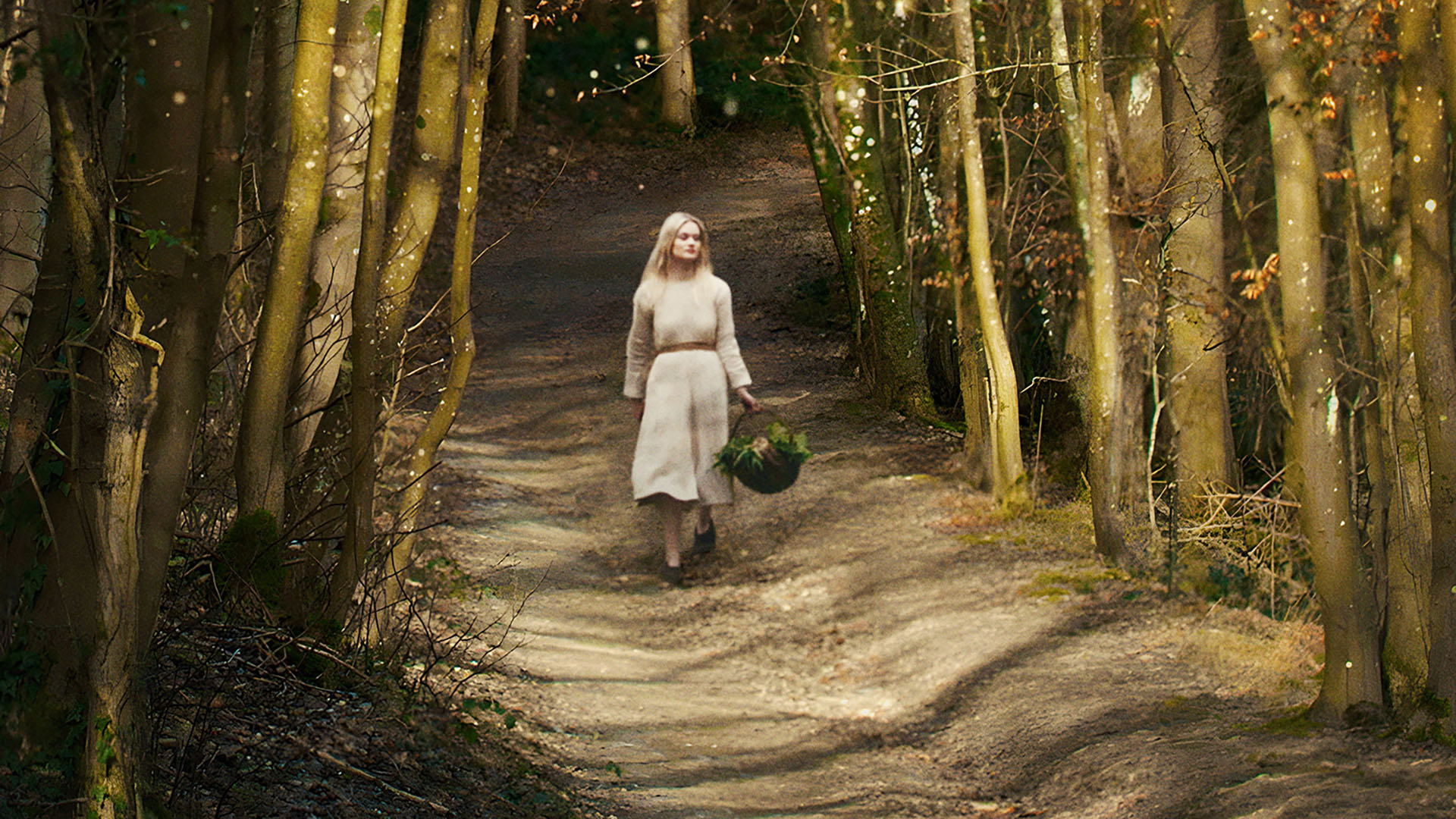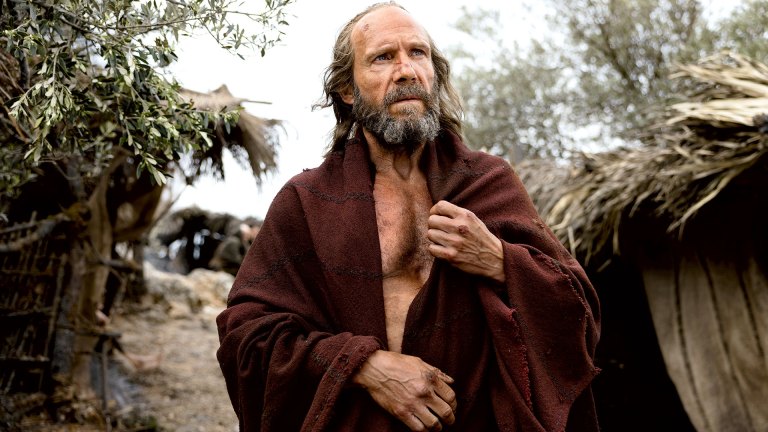Nettle thrives on the wastes of human habitation and the livestock we tend; it is an indicator of rich soils; its diluted, rotted plant material is a gardener and vegetable grower’s best friend. Nettle feeds us, clothes us, heals us and, like the sparrow, enjoys living alongside us. Danish writer and textile researcher Margrethe Hald named nettle “a culture plant”, an accolade that is probably shared with hemp and flax, our other principal bast fibre plants.
Although I had no background in textiles, discovering the soft, silky fibres hidden in the rough nettle
bast got me fascinated with it as a textile plant. I wondered if nettle had ever been used to make cloth and if so, how?
Answering these questions proved difficult. I couldn’t find any extant examples of nettle cloth to handle and inspect, and information on how to process the fibres was also scant. It became clear that if I wanted to feel wild nettle cloth, I would have to work out the process myself and learn the skills necessary to turn raw fibre into woven textile.
Over the next few years I tried every approach that seemed likely to produce results, borrowing – without much success – from the methods the Nepalese use to extract fibres from Himalayan nettle (Girardinia diversifolia, or allo as it is known locally). Our much better documented methods for extracting fibre from hemp and flax proved more promising.
I experimented with freshly harvested ‘green’ nettle, scraping away the unwanted vegetable matter, leaving the raw fibres. Their slightly wiry consistency of nylon fishing line was difficult to handle despite being lovely and strong. This is likely how our ancestors prepared their nettle, using flint tools to splice and ply the fibres together rather than spinning.
To the romantics among us, nettles seem to point back to a slower way of producing cloth – folk cloth as opposed to commercial yardage. Nettles are largely resistant to mechanisation and demand slow handwork. Freshly harvested nettle stalks are laid out to ‘dew ret’, or rot, on the grass, where natural organisms in the soil, plants and air break down the gums and pectins binding the bast to the inner woody core of the plant, transforming the handle of the fibres.
Advertising helps fund Big Issue’s mission to end poverty
Cut, ret and strip,
scrape, card and spin,
the world appears outward,
but reflects from within…*
My processing and spinning improved and eventually I could weave small cloth samples, which evolved from rough, unwearable fabric, to a much softer and finer textile that felt more suitable for clothing.
My friend, the filmmaker Dylan Howitt, documented this process and we shared a short film called Nettles for Textiles on social media, which ended up being viewed millions of times. So I set up a Facebook group by the same name to gather together nettle fibre enthusiasts from around the world, who share experiments, insights and completed nettle textiles: knitted, woven, looped or braided.
Advertising helps fund Big Issue’s mission to end poverty
Spurred on by Hans Christian Andersen’s fairytale The Wild Swans, I decided to try to make a wearable garment, a nettle dress, to celebrate the journey the nettles and I were undertaking together.
Dylan continued filming and against the background of the loss of my wife Alex to cancer, the dress was eventually woven, cut, assembled and worn by my youngest daughter Oonagh, back out in Limekiln Wood, where most of the nettles were harvested.
*Extract from The Ballad of the Nettle Dress, by Allan Brown
The Nettle Dress film is on general release from mid-September in cinemas across the UK. Details of screenings can be found at nettledress.org or on Instagram.
This article is taken from The Big Issue magazine out this week. Support your local vendor by buying today! If you cannot reach your local vendor, click HERE to subscribe to The Big Issue or give a gift subscription. You can also purchase one-off issues from The Big Issue Shop. The Big Issue app is available now from the App Store or Google Play










